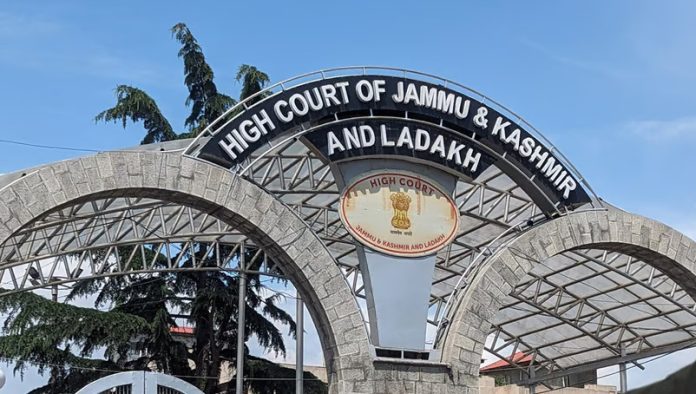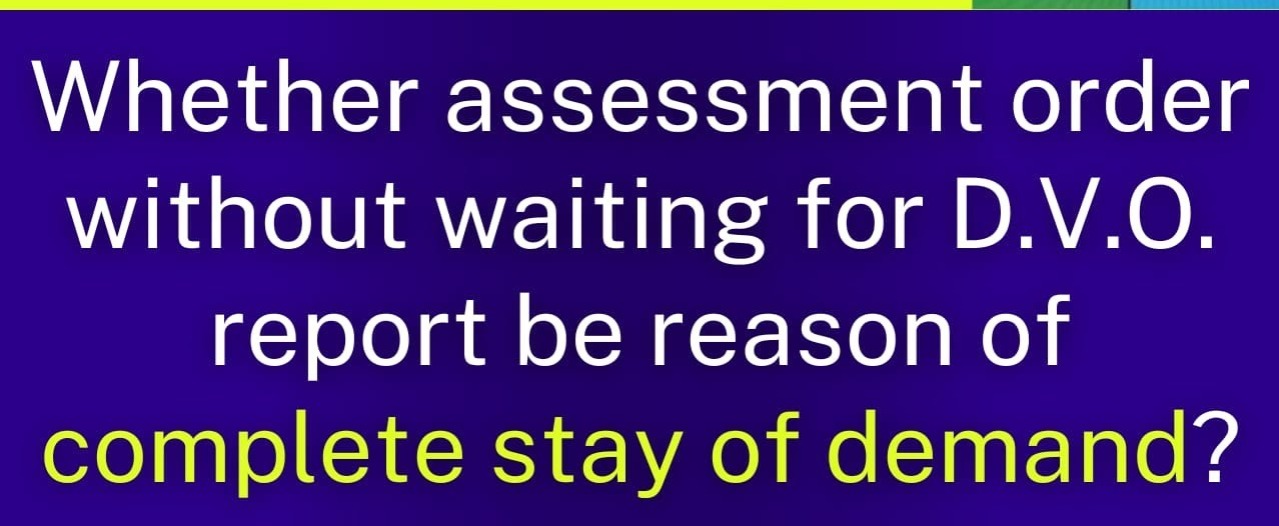Basil Scott, Kt., C.J.@mdashThis suit was filed by the Advocate-General on the assumption that the defendant was building his house on Church Gate Street in a manner which was illegal, having regard to the provisions of the City of Bombay Municipal Act, Sections 349A and 349B. It is conceded that before so building he had obtained, on the 1st of May 1909, the written permission of the Commissioner to build as he did to a height of upwards of 70 feet upon Church Gate Street, which is a street at the point with which we are concerned in this suit of 47.9 inches in width. The view taken by the learned Judge was that in so building with the consent of the Commissioner, given in writing, he was doing nothing illegal, and in that view we concur, for we read the words " except with the written permission of the Commissioner" in Section 349A as a general exception to the building regulations contained in Sections 349A and 349B and as implying that the Commissioner can in such cases as he thinks proper allow a building to be erected to any height.
2. The sections in question were introduced into the City of Bombay Municipal Act of 1888 by an amending Act (Bombay Act V of 1905). Prior to 1905 there were statutory building regulations contained in Section 348 but they only related to buildings to be newly erected on any site previously unbuilt upon and the only clause in that section which was concerned with the height of buildings abutting on streets was Clause (e) which ran as follows:�
No such building which abuts on a street of a less width than fifty feet shall, without the written permission of the Comissioner, be erected to a greater height than one and a half times the width of the street it abuts on.
3. By the amending Act, Section 348 was made applicable to all buildings to be newly erected and Clause (e) was removed, amended and re-introduced in the form of the two Sections 349A and 349B.
4. According to the plaintiffs contention the introductory exception in Section 349A is not of general but of special application, for it can only apply in a case conceivable u/s 349 B (3) where in a street more than 70 feet wide the Commissioner is asked to sanction a building equal in height to the width of the street. This would be a surprising result from an introductory exception to the preceding section so general in its terms and a result which could have been very clearly and easily attained by a proviso to Section 349 B (3). On the other hand the view that the exception is intended to permit the Commissioner as occasion may require to disregard the general rule that the width of the street up to 70 feet shall be the controlling factor would be in accordance with the plain significance of the expression, " without (or except with) the written permission of the Commissioner," in the repealed provision which had been in force for eighteen years and would furnish a reasonable reading of what, it must be conceded, are singularly ill-drafted sections. In this view the words " the maximum prescribed by Section 349A " cover an alternative maximum, namely, 70 feet or such other height as the Commissioner may authorise by written permit.
5. A comparison of the sections under consideration with Section 349C also introduced by the amending Act of 1905 affords some indication that the words of Sections 349A and 349B are intended to preserve a general discretion to the Commissioner or his delegate u/s 68 and are not intended to limit the exercise of his discretion to very special occasions.
6. We, therefore, dismiss the appeal with coats to be borne by the relators, and we vary the decree of the lower Court in that respect by directing that the costs of the defendant throughout be borne by the relators and not by the Advocate General.

